WHAT WE DO
We develop
system-theoretic sensing technologies for human measurement.
We develop new human measurement techniques with the establishment of innovative systems theory by combining system theory, electromagnetic theory, and medical engineering. Prior knowledge on the human body shape and vital signs is effectively used for optimizing the whole human measurement system, which is expected to break through the existing resolution limit of conventional sensing techniques.
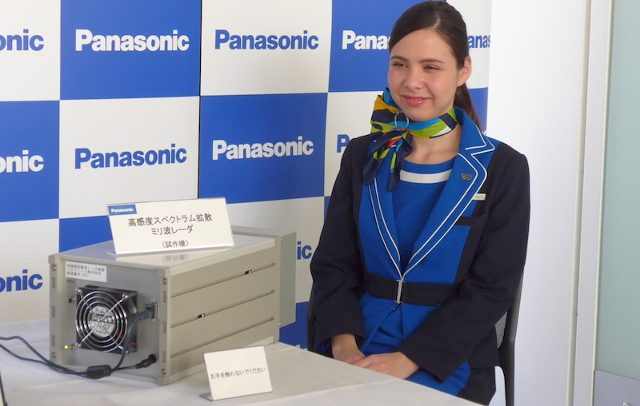
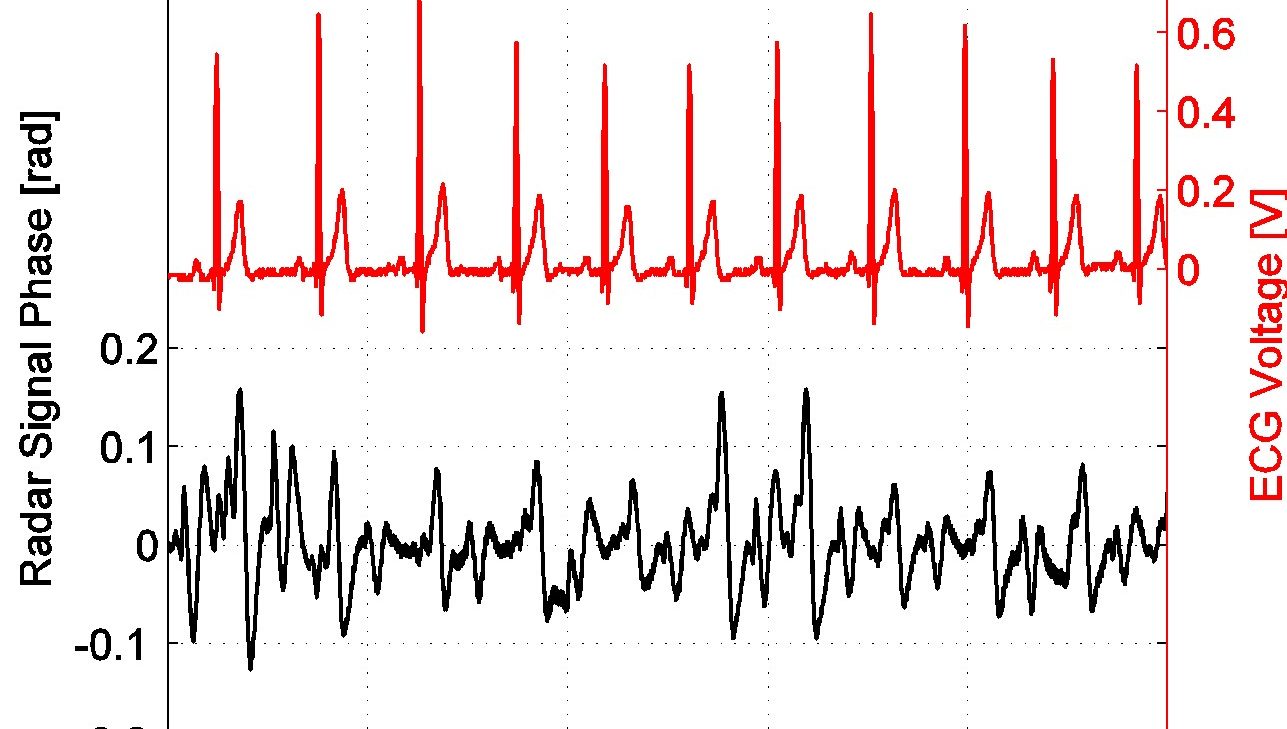
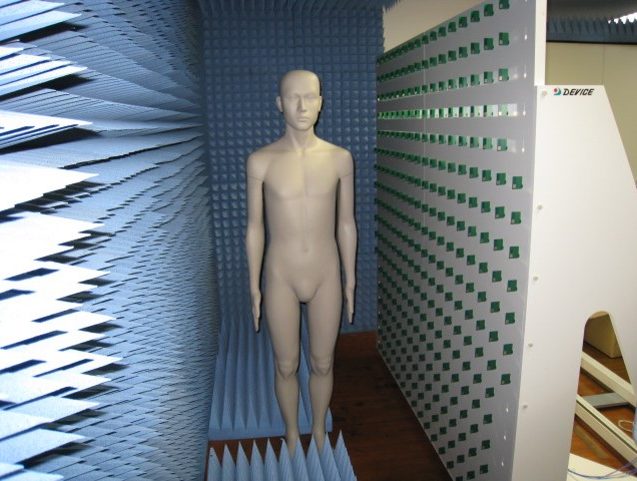
OUR AMBITION
We explore wireless sensing frontier.
Wireless sensing of human is one of the most active research fields.
This field has been driven by our innovative idea that combines three key elements, (1) hardware, (2) software, and (3) human physiology.
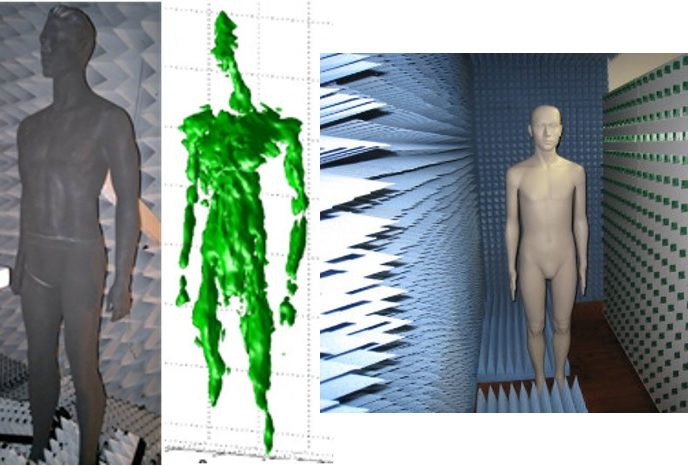
Hardware design for wireless sensing
Advanced wireless human sensing requires innovative hardware design of radar-based sensing system including the selection of the frequency, bandwidth, waveforms, antenna elements, array topology, all of which must be optimized based on the adopted algorithms and software.
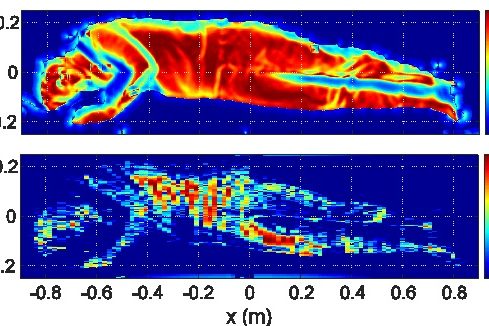
Software and signal processing algorithms
Innovative algorithms and software must be introduced to achieve and realize high-resolution wireless human imaging, high-precision measurement of vital signs and physiological signals, and to realize novel applications in healthcare and medicine in the next-generation society.
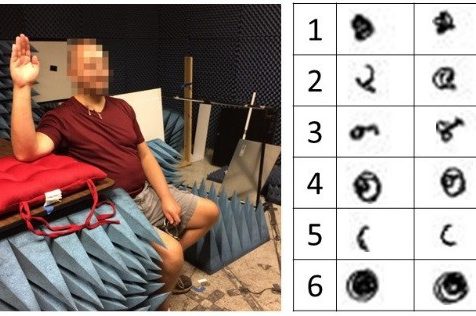
Human and physiology as a system in sensing context
Our study is not just RF engineering applied to the human body. The core idea is the introduction of the mathematical model describing human body shape, motion, respiration and heartbeat into the measurement system. This novel approach has been pioneering the frontier of wireless human sensing and achieving unprecedented performance. Come join us to see the power of this new approach.
Wireless Human Sensing
Although wearable sensors have been growing their popularity and market size represented by Apple Watch, radar-based wireless human sensing technology overcomes some of the main issues regarding such wearable sensors. Noncontact measurement of human activities including limb motion, gestures, unconscious motion, respiration, and heartbeat has been of great importance to a wide range of health care applications because it allows long-term monitoring of human activities without uncomfortable sensors being attached to the body.
Because microwaves and millimeter waves can penetrate through clothing and bed tops, wireless sensing can directly measure human skin displacement in various situations unlike optical systems such as depth cameras and laser range finder systems. Wireless sensing of human activities has just begun and still a new and hot topic.
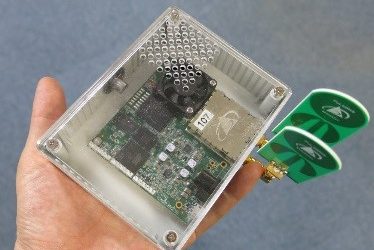
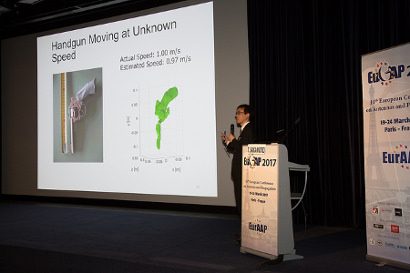
International Research Activities
All our team members are encouraged to present their research at international conferences. We have given research talks more than 270 times so far including all meetings, symposia and conference in Japan and other countreis. We have also been working together with other institutions including Delft University of Technology, Delft, the Netherlands and University of Hawaii at Manoa, Honolulu, HI, USA. Students in our group have an opportunity to visit these overseas institutions to be a part of international joint research projects.
Site policy | (c) All rights reserved by Sakamoto Laboratory.